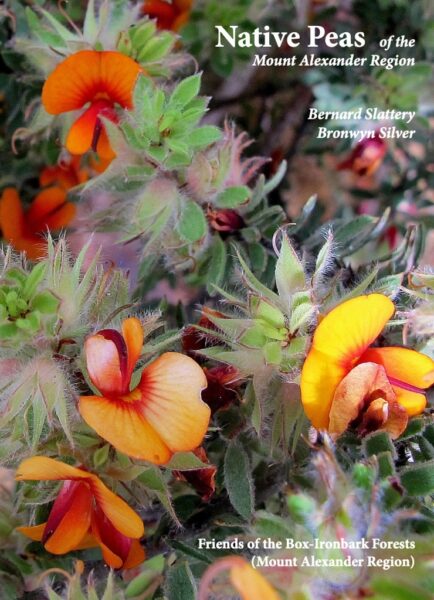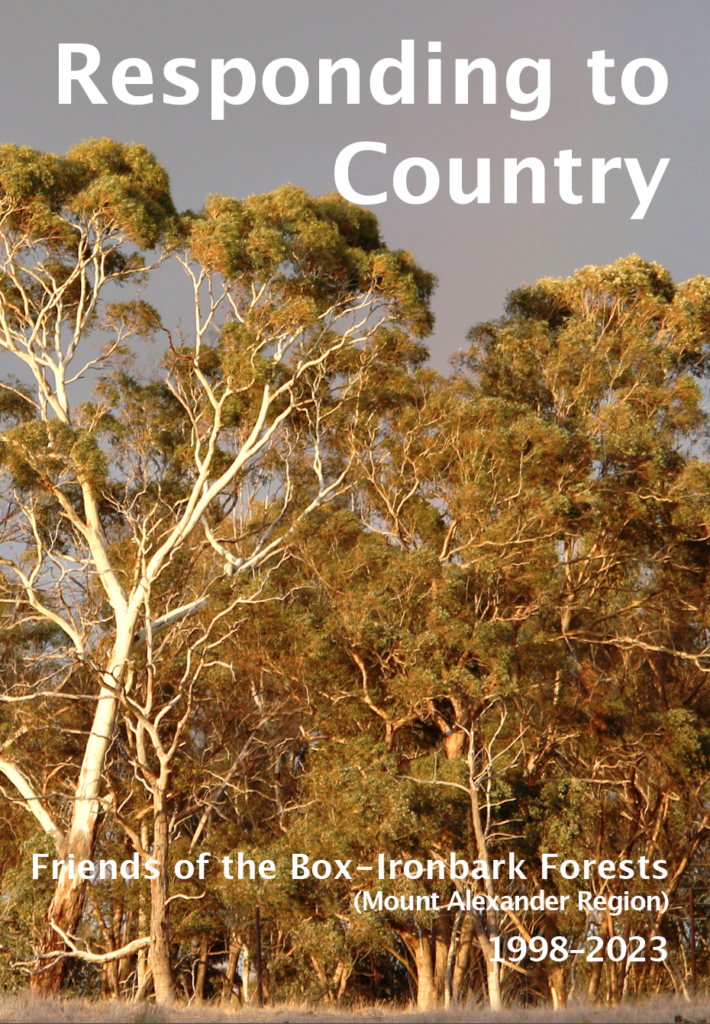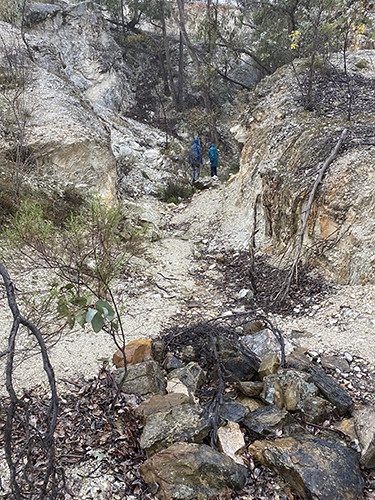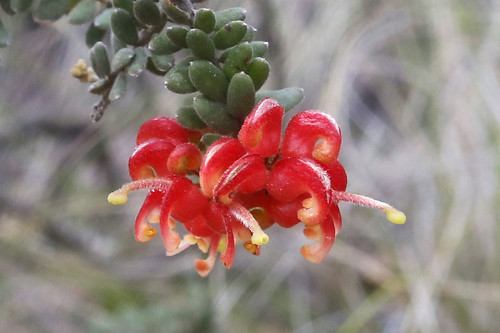Recent polls have found that 81% of Victorian voters support more funding for the protection of nature, 57% oppose private developments in National Parks, and the environment is a bigger issue of concern than law-and-order and roads.
There are polls and polls, of course, but these findings look pretty reasonable from here. In any case, FOBIF believes that candidates in the upcoming election should be put on the spot about what they think about issues to do with the management of nature. We’ve circulated to members a list of questions it might be worth putting to candidates nominated so far. We hope lots of people will take the opportunity to ask the questions–and that they make it clear they don’t want pre packaged party responses. Let’s find out whether the candidates really have thought about the issues [and have serious convictions about them], or whether they’re just regurgitating the Party line.
Here are some questions we think are worth a run:
1. In 2012-13 the State Government embarked on a program of cutting 10% of Parks Victoria’s staff, continuing a process of cuts begun under the previous government. Do you support these cuts? Can you tell me how many Park Rangers are looking after parks in the Bendigo region? Do you think MPs would be more efficient if their funding was cut by 10%?

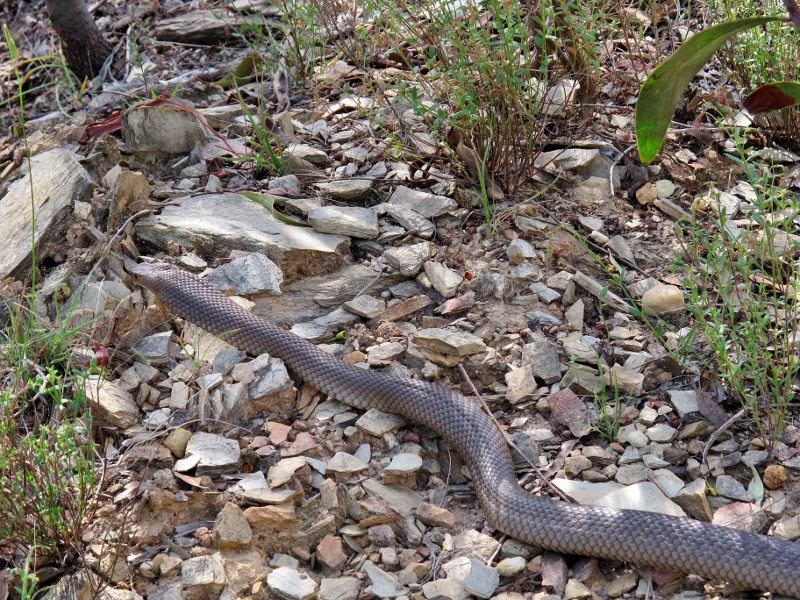
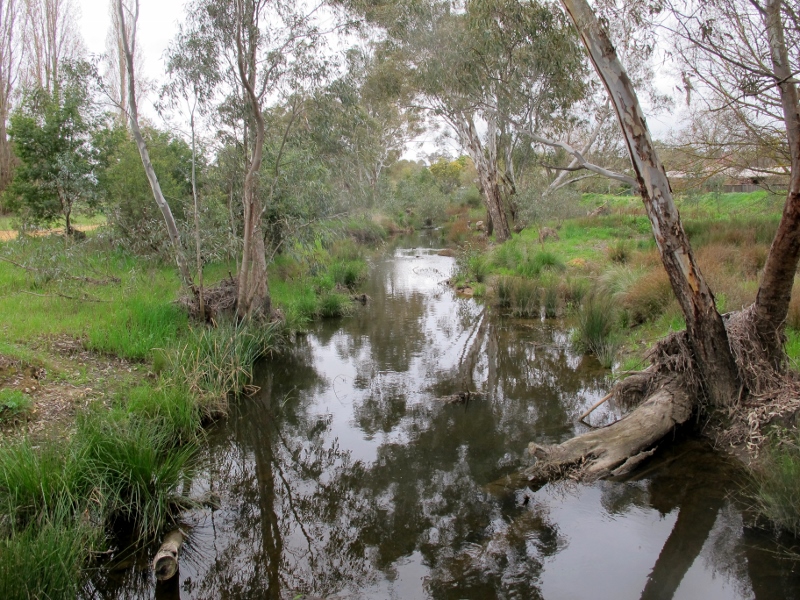
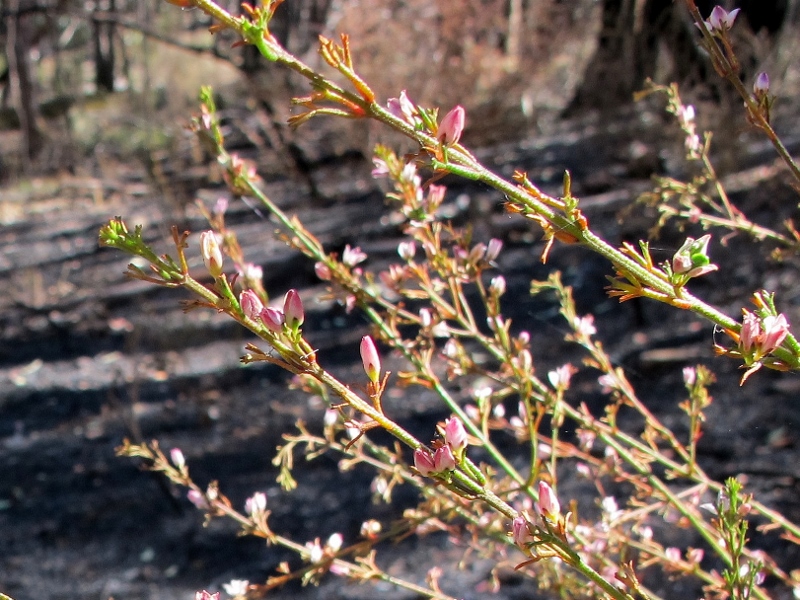
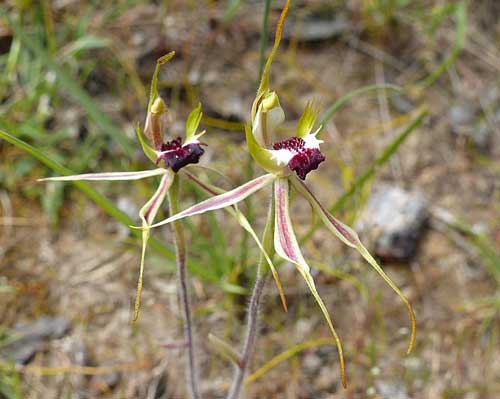
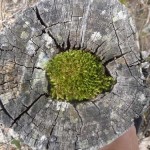
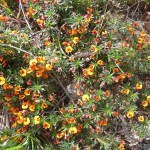
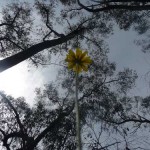
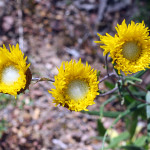
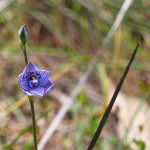
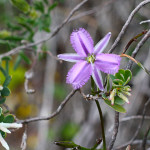
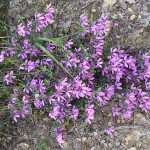
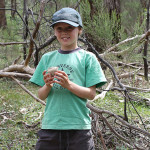
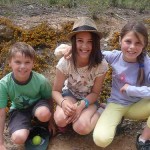
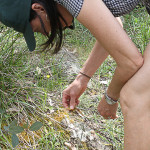
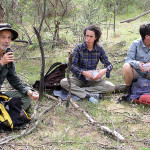
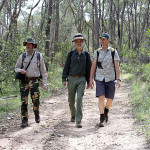
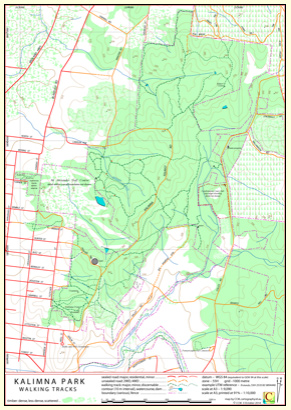
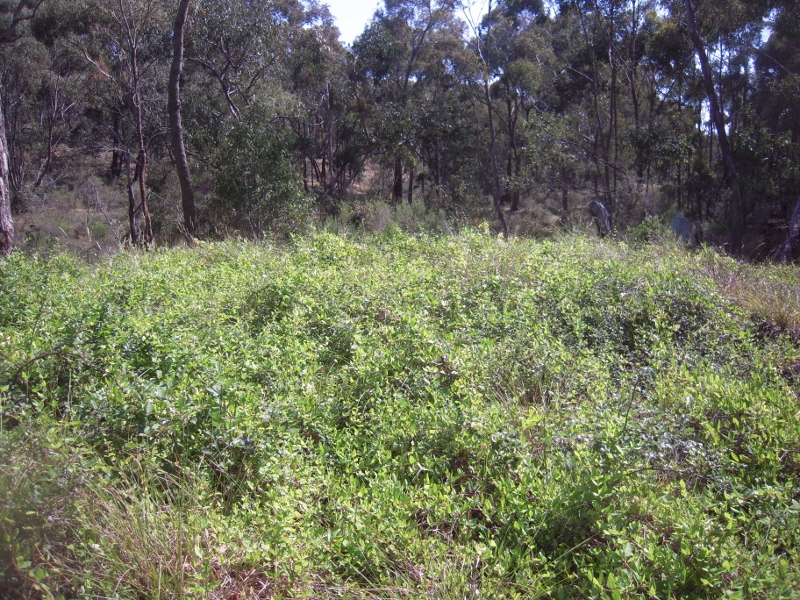
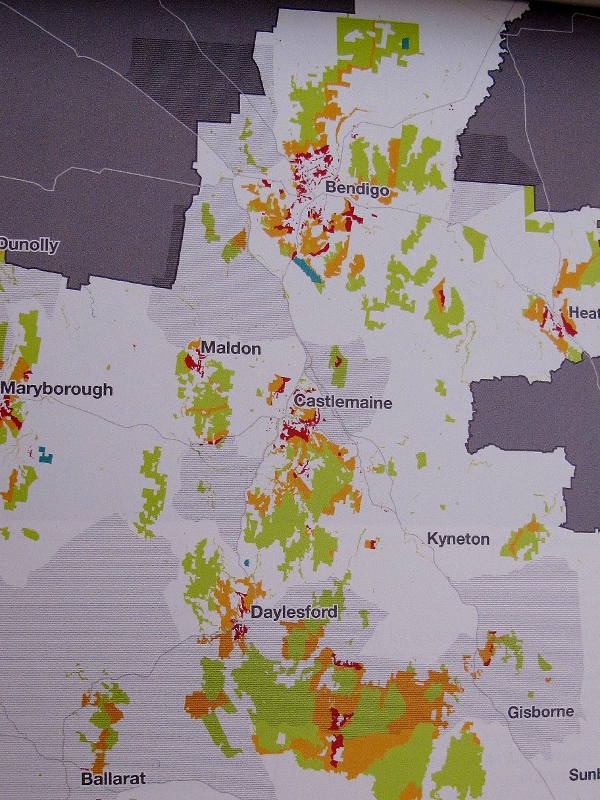
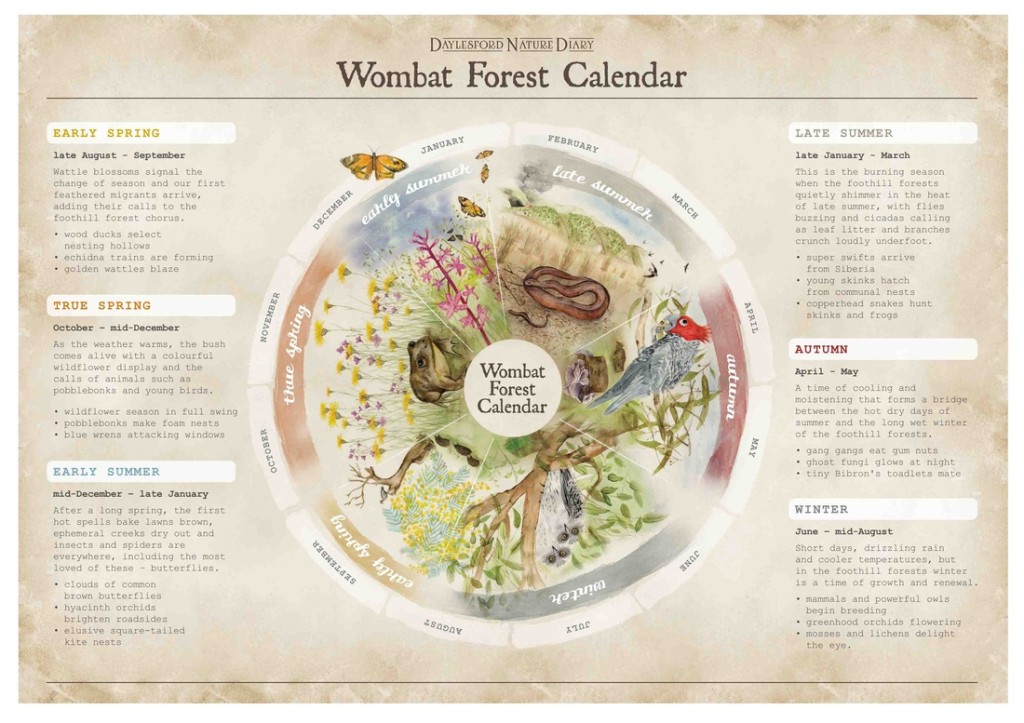
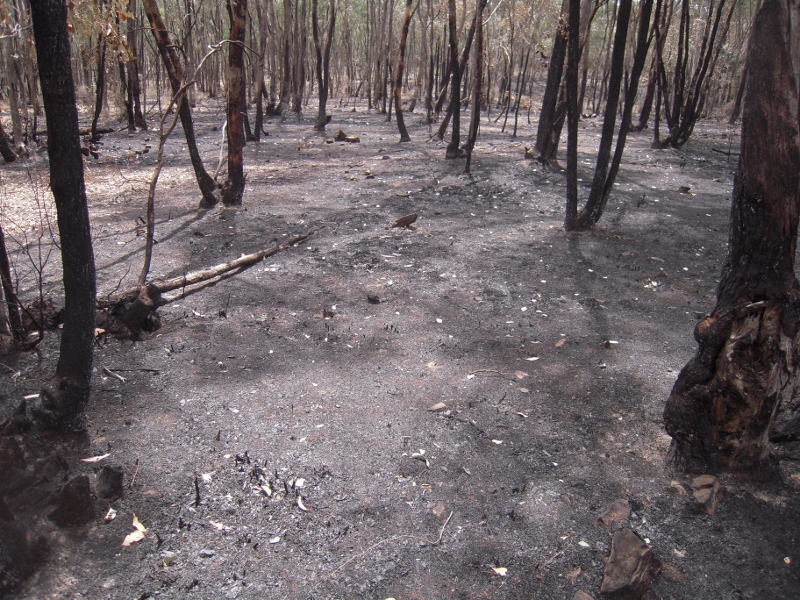


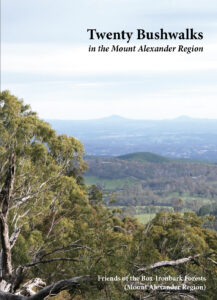
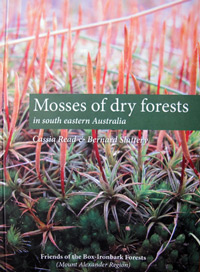 Click on image for info/order page
Click on image for info/order page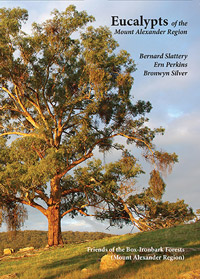 Click on image for info/order page
Click on image for info/order page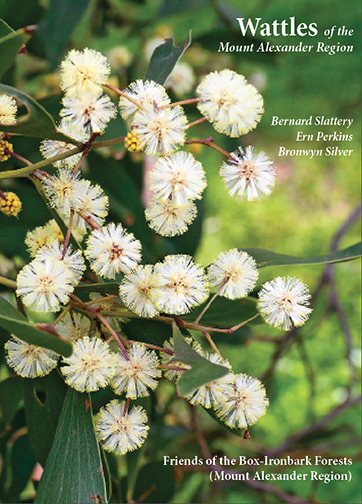 Click on image for info/order page
Click on image for info/order page